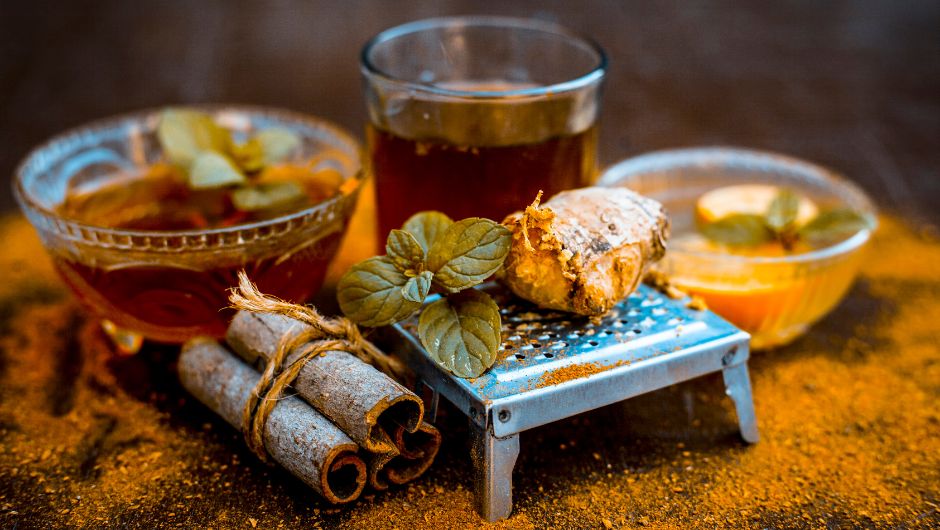Ayurvedic Protocol for Common Fever

It’s that time of year when everything seems to change: the weather, the food, and your immune system. According to Ayurveda, many people suffer from colds, coughs, and other similar ailments at this time of the year. According to Ayurveda, fever is not only a symptom but also a disease in its own right.
Ayurveda can help treat fever
This system that can cure you in normal form can also cure your diseases in their acute form. This also applies to Ayurveda. You should always find a good Ayurvedic doctor. Fever has many causes and should be treated. In this article, we will discuss only the most important steps followed in Ayurveda for all fever patients.
- Fasting (Laghana).
- Basic ayurvedic medicine for fever
The first thing is that fasting is particularly important while treating a fever with Ayurveda.
While there are many conditions that come under “fever” and have a different treatment protocol, I have simplified it to give you basic guidelines. The most common symptom of any fever is a high temperature and the body’s inability to maintain metabolism.
That is why the primary step in a fever is to restore the impaired Agni through Langhana. Langhana is nothing but fasting or eating lighter food. It is also important to sip hot water to cleanse the channels.
What is a fever?
Jwara (fever) is mentioned for the first time among diseases because heat (or body heat) is the main life-sustaining force and condition (in cases of physical illness).
Jwara Symptoms
- Laziness.
- Lachrymation.
- Yawning.
- Heaviness.
- Mental fatigue.
- Uncertainty.
- Indigestion.
- Anorexia.
- Loss of strength.
- Loss of glow or complexion.
- Changes in behaviour or conduct
There are three different types of fever in Ayurveda
- Vata fever: This usually occurs during the rainy season and can cause high blood pressure, dehydration, body aches, and changes in body temperature. The diet includes lots of water and hot soup. Prepare a paste of Sudarshan Churan and Guduchi.
- Pitta Fever: Pitta fever is caused by a strong Pitta dosha. These include a burning forehead, a high fever, foul-smelling sweat, nausea, and vomiting. It is recommended to drink fruits like melon, sweet lime (mausumbi), and lemon juice with sugar. Prepare kutki and chandanadi powder.
- Kapha Fever: This is due to an imbalance of Kapha Dosha. This can cause blood vessels to shrink, enlarge, and grow. To get rid of the upper respiratory tract, it is recommended to drink plenty of warm water, take kadha made of tulsi, ginger, and pepper, and avoid foods that are detrimental to kapha, such as curd, ghee, etc.
“DOS”
- Slow walking on an empty stomach
- Sip hot water.
- Eat Pathya ahara (compatible food)—rice gruel and moong soup with a pinch of cumin.
- Herbs: 1/4 teaspoon of Guduchi or Musta can be taken every 4 hours.
DON’TS
- Bath or shower
- Heavy food and caffeine
- Milk and Ghee (New Fever)
- Thick yoghurt or curd
- Intense exercise and sex
- Abhyanga or Anjana
Follow all these guidelines until
- Hunger is restored.
- You feel lighter.
- Proper elimination of sweat, urine, and feaces is seen.